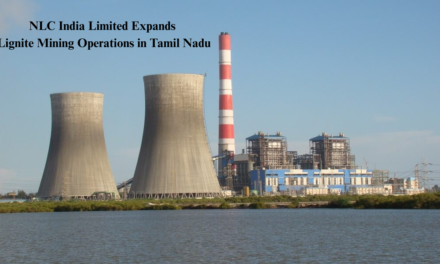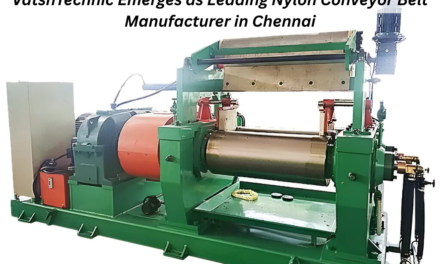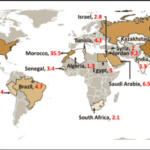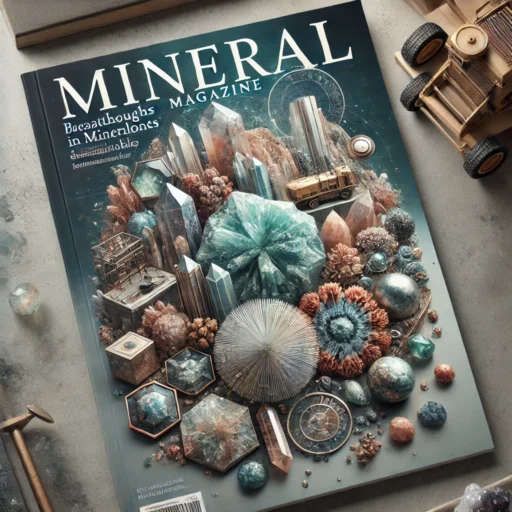India is making significant strides in deep-sea exploration technology, positioning itself as a pioneer in this field. The National Institute of Ocean Technology (NIOT), under the Ministry of Earth Sciences, has developed the Varaha-3 machine, designed for extracting polymetallic nodules from the seabed. In October 2024, NIOT conducted a successful exploratory mining trial in the Andaman Sea, utilizing the Varaha-3 to collect these nodules. This achievement underscores India’s commitment to advancing deep-sea mining technologies.
Further enhancing its capabilities, India is developing the Matsya 6000, a crewed submersible vehicle intended for deep-sea exploration. This submersible is designed to withstand depths of up to 6,000 meters, enabling comprehensive studies of the ocean’s depths. The Matsya 6000 is expected to play a crucial role in India’s deep-sea exploration missions, including the Samudrayaan project, which aims to explore and harness ocean resources.
In addition to technological advancements, India has initiated the Deep Ocean Mission, a ₹8,000-crore plan launched in 2019. This mission focuses on exploring the depths of the ocean with multidimensional aims, including the exploration of metals and minerals. The mission reflects India’s strategic approach to harnessing ocean resources for sustainable development.
India’s proactive approach in deep-sea exploration is further demonstrated by its plans to apply for licenses to explore deep-sea minerals in the Pacific Ocean. This initiative aims to secure critical minerals essential for energy transition technologies, aligning with India’s strategy to address the increasing demand for green energy materials.














